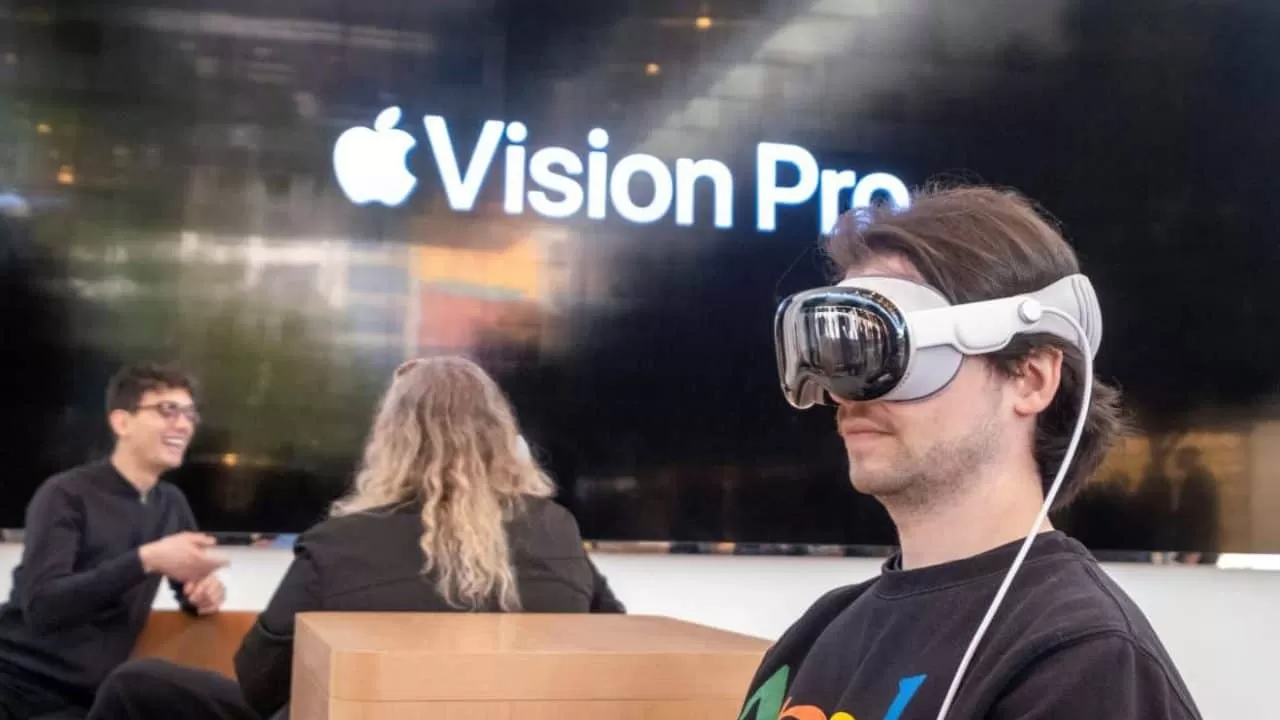De-Dollarization 2025: Can the World Really Ditch the Greenback?
The Rise of Spatial Computing: Why Apple Vision Pro Is Just the Beginning

Apple’s Vision Pro launch has reignited mainstream excitement around spatial computing, but the real story is how this emerging interface is fundamentally changing the way we interact with data, software, and the world itself. By seamlessly blending digital content into physical environments, spatial computing represents the next evolution in human-computer interaction—one that moves beyond flat screens into immersive, three-dimensional experiences.
From Virtual Reality to Refined Mixed Reality
Spatial computing merges digital and physical worlds through augmented and mixed reality (AR/MR). While Meta’s Quest devices pioneered consumer VR, Apple’s Vision Pro has elevated the technology with advanced eye tracking, gesture-based controls, and high-resolution passthrough. Users can now work in 3D space—opening virtual desktops, pinning browser windows across walls, and conducting FaceTime calls in immersive environments. This shift from clunky VR to refined MR marks a turning point in usability and practicality.
Transforming Industries with Immersive Tech
The impact of spatial computing extends far beyond entertainment. In medicine, surgeons train in realistic 3D simulations before performing complex procedures. Architects walk clients through holographic building models, while educators conduct interactive science lessons with holographic molecules and historical reconstructions. These applications demonstrate how spatial computing enhances learning, precision, and collaboration in ways traditional screens cannot.
The Future of Work: Hybrid and Spatial
Businesses are already experimenting with spatial computing to redefine workspaces. Teams collaborate on virtual whiteboards, engineers inspect 3D prototypes in real time, and analysts navigate data visualizations in immersive environments. However, challenges remain—high costs, limited content ecosystems, and social hesitancy around prolonged headset use currently hinder mass adoption.
Overcoming Barriers to Mainstream Adoption
For spatial computing to reach its full potential, hardware must become lighter, more affordable, and socially acceptable. Advances in micro-OLED displays, AI-powered interfaces, and battery efficiency will be crucial. Meanwhile, developers must create compelling applications that justify the transition from 2D screens to spatial interfaces.
The Inevitable Shift from Screens to Space
Despite current limitations, spatial computing is no longer science fiction—it’s the next logical step in digital interaction. As technology matures, we will gradually shift from confined displays to dynamic, environment-aware computing. Apple Vision Pro is just the beginning; the true revolution lies in how spatial computing will reshape work, education, and daily life in the coming decade.


Urban Gardening: How City Dwellers Are Growing More Than Just Food

The Weight Loss Drug Boom: What’s Behind the Global Ozempic Craze?

The EV Revolution Is No Longer About Cars—It's About Infrastructure

The Minimalist Home: Redesigning Life With Less Clutter and More Clarity

The Rise of Spatial Computing: Why Apple Vision Pro Is Just the Beginning

Digital Wellness: Finding Balance in an Always-On World

Why Mental Health Burnout Is Surging in Gen Z

Work-Life Reimagined: Designing a Lifestyle That Prioritizes Wellbeing

2025 Personal Finance Playbook: How to Grow and Protect Wealth in Uncertain Times